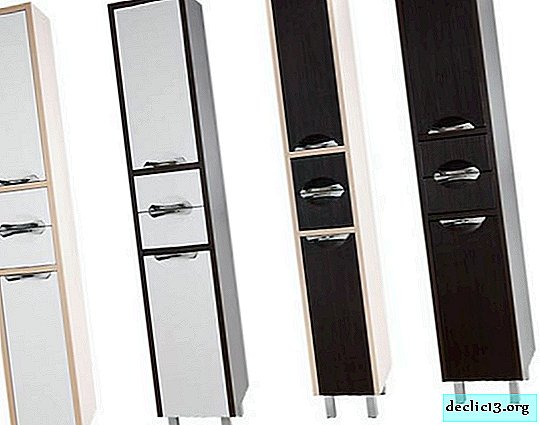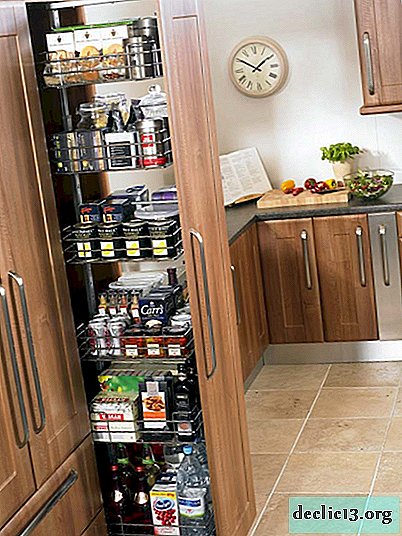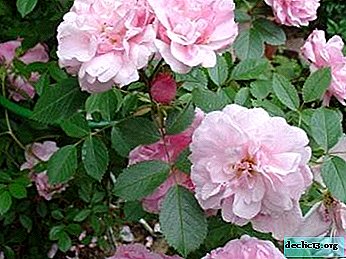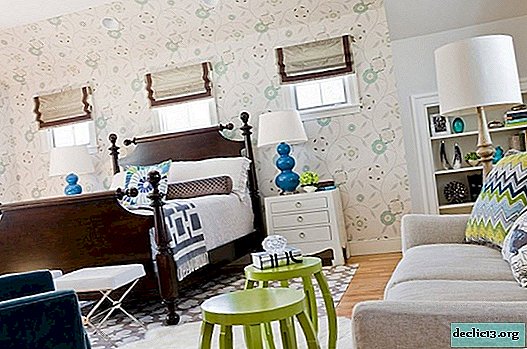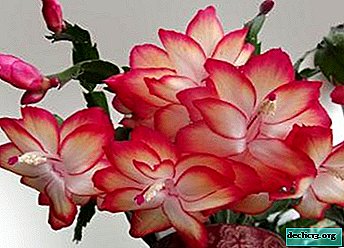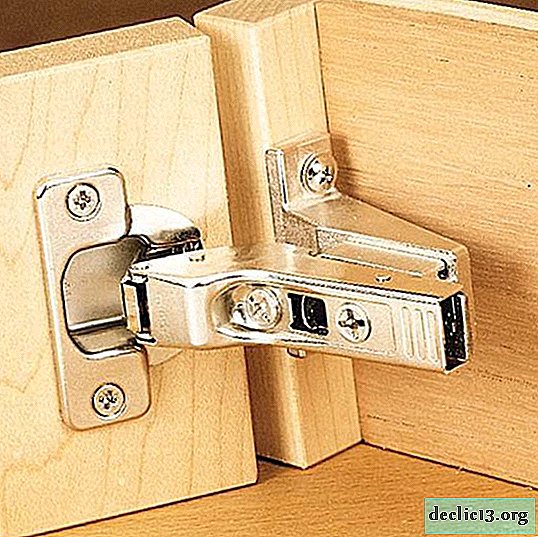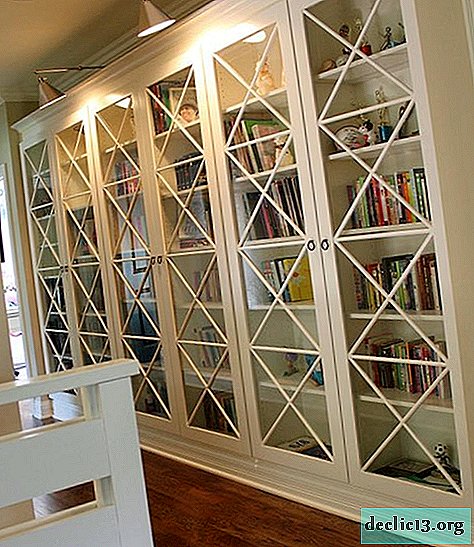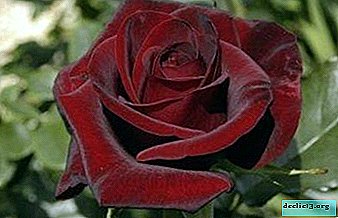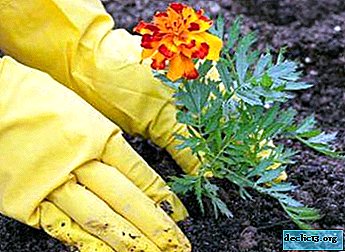Liquid wallpaper: types, application, care, advantages and disadvantages
One of the varieties of materials used in the decoration of rooms is liquid wallpaper. They are a dry mixture consisting of silk, synthetic, cotton fibers, cellulose, a binder and a dye. Also, for the original interior design, exotic elements are added to the composition - wood chips, dry algae, mica of various colors.
Liquid wallpaper is a mixture of small wallpaper materials impregnated with an adhesive. Dyes, wood chips and other decorative elements can also be added to the mixture. Before use, the mixture is soaked, and it takes on a mushy state. And after drying, the wallpaper becomes a rough surface of the ceiling or wall.
Liquid wallpaper is available in dry or ready-made form. The dry mixture is contained in bags, the finished mixture is in buckets.
Types of liquid wallpaper
- Wallpaper made of silk. They are resistant to sunlight, retain their original appearance for a long time, but at the same time have a high price.
- Cellulose fiber wallpaper. They have the lowest cost, since it is the most short-lived.
- Cellulose-silk wallpaper. Consist of a mixture of fibers. They are a cross between the first two options.
Main advantages and disadvantages
Partial repair
Using this material, you can easily update the “piece” of the wall, and due to the lack of seams, you do not need to select a picture
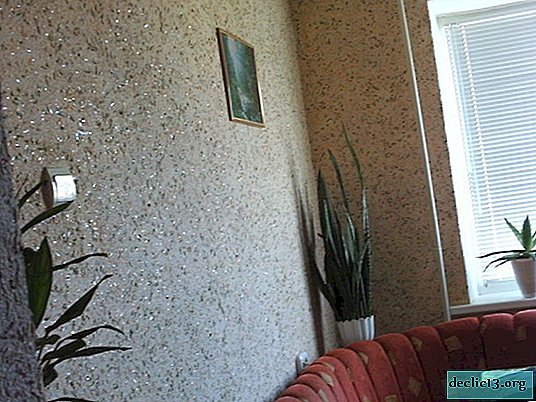
Corners and potholes are not a hindrance
Liquid wallpaper is the best suited for not even smooth surfaces
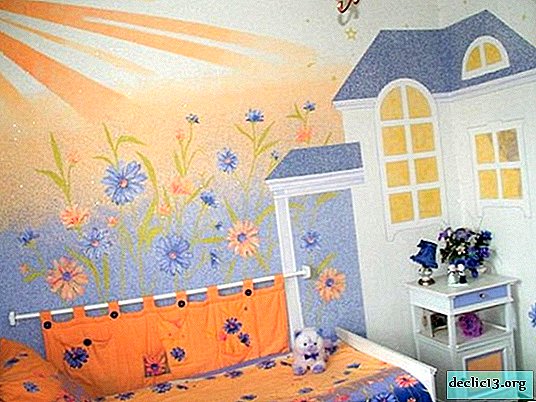
Durability
Resistant to ultraviolet radiation, resistant to temperature changes, frost-resistant, have good sound insulation, and thermal insulation properties
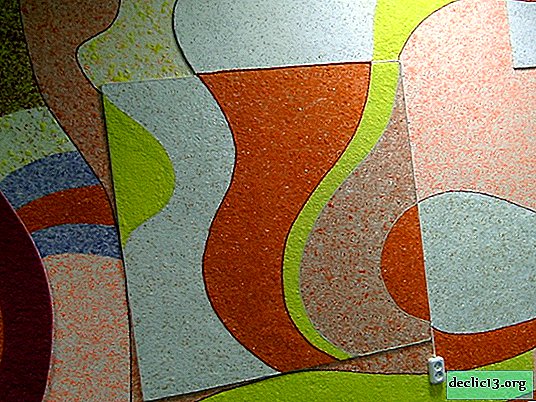
Not afraid of water and durable
They have high moisture resistance and service life is up to 10 years.
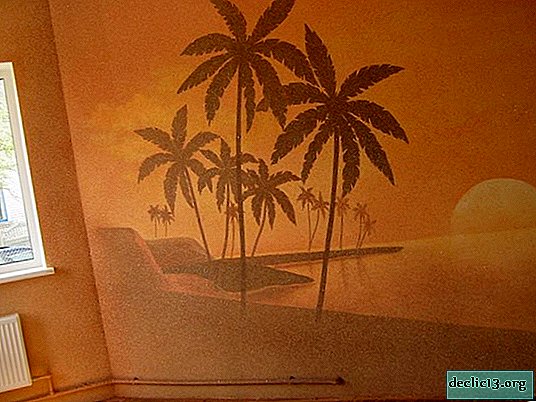
A few more pluses
Do not require accurate calculations (measurements) and have excellent adhesion;
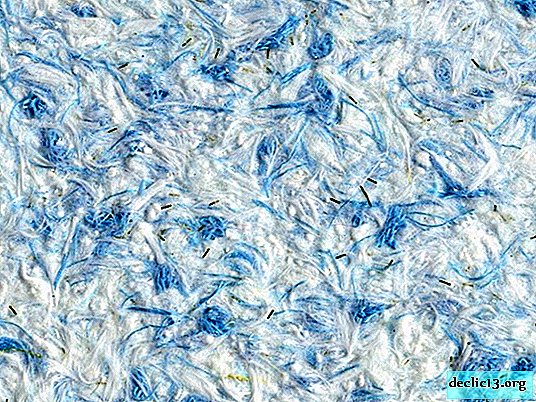
Simplicity and variety
All types of liquid wallpaper have a variety of colors and ease of use and installation
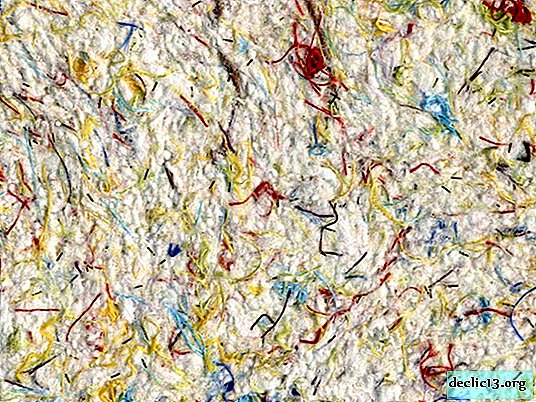
Correct wall defects
Perfectly eliminate bumps and cracks, filling any gaps
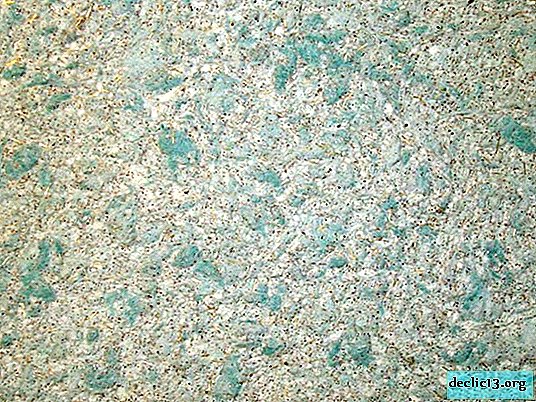
Softness
The material forms a smooth, smooth and soft surface.
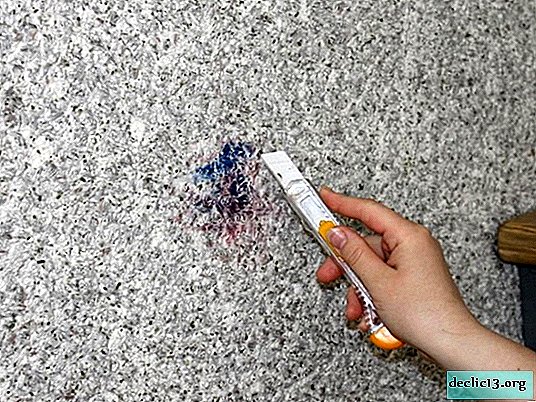
Superb decorator
Allows you to create almost any drawings and patterns on the wall

Ease in everything
Liquid wallpaper is easy to apply, convenient to use and partially replace
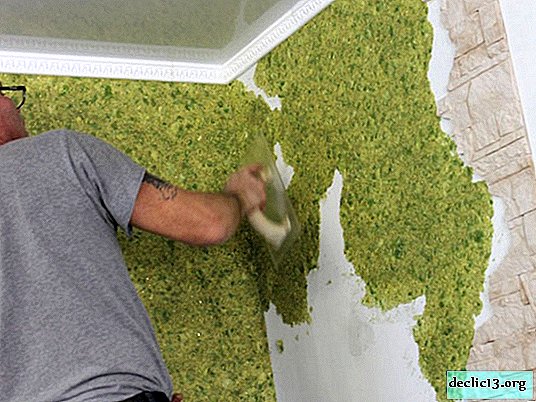
The disadvantages include quick washability with water, which is convenient for dismantling, but not in everyday use. To protect against water, liquid wallpaper is coated with a specialized colorless varnish. With such a coating, wet cleaning is possible. This is usually done in such rooms as a bathroom, toilet, kitchen. Otherwise, the walls are cleaned with a vacuum cleaner or a dry cloth. Caring for them is quite pleasant and simple.
Prices and quality depend not only on the type of wallpaper, but also on the manufacturer. Of course, the high quality of its products is distinguished by SENIDECO (France), which is the first company to produce liquid wallpaper. But now, many Turkish companies (for example, Silkcoat and Bayramix koza) are not inferior in quality to their French competitors, but at the same time offer reasonable prices. In addition, there are domestic brands Stenol and Danish Decorative Plaster on the Russian market, which are distinguished by natural components and environmental friendliness of materials. The price for one kilogram of liquid wallpaper is from 150 to 400 rubles. This mixture is enough to finish about 6 square meters. m
DIY Liquid Wallpapering
You can apply liquid wallpaper alone, which is very convenient. The surface of the wall is cleaned of various contaminants, coated with an antiseptic and dried. When working with liquid wallpaper, the room temperature should not fall below 15 ° C.
First of all, prepare the surface. This does not require the use of special technologies. It is enough to simply clean the surface of old materials, dirt, dust and primer (this can be done using an alkyd primer). If there are large cracks, then they must be puttied before applying a liquid primer.
If you use the finished mixture in buckets, then proceed to its direct application to the surface. If a dry mixture is used, then it must first be prepared. To do this, take a plastic container and mix the mixture with water in it, as indicated in the instructions on the package. The resulting "porridge" is left for 12 hours to swell, then some more water is added and stirred.
You can apply wallpaper either manually or mechanically. With the manual method, you need a regular spatula or roller. The mechanical method involves the use of a special gun that sprays the mixture onto the surface and simplifies work. After drying, you can give the surface the desired texture with a structural roller.
After application, the wallpaper should dry well. Time depends on the humidity of the room and the thickness of the applied layer. This is an average of 48 hours. When the surface is completely dry, the wallpaper can be coated with a special acrylic varnish to protect it from exposure to a humid environment.
Care and restoration
Liquid wallpaper is quite simple care: from time to time you just need to vacuum the surface. If there is a layer of protective varnish on the liquid wallpaper, then they can be treated with a damp cloth. Restoring the wallpaper is also quite simple. Where the surface has been damaged, you need to remove the wallpaper with water and a sharp spatula. Further on this site wallpaper is again applied. After drying, joints and seams are not formed.
Liquid wallpaper is a very convenient material that even a child can apply, it is very easy to care for and can be used in any room. In addition, the richness of colors and the ability to create drawings and panels provide an opportunity to unleash creativity. All types of liquid wallpaper do not burn, do not accumulate dust, do not emit toxins, have no smell and are an environmentally friendly product. And not the high cost of the material will delight you. Become a designer of your own apartment, show everyone your unique style and don't be afraid to experiment!











